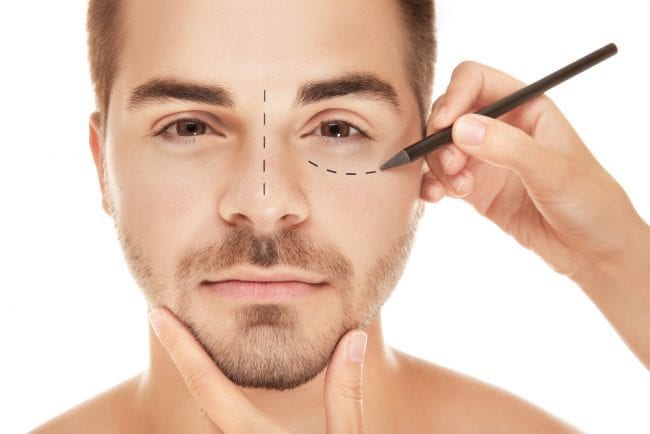
A fear of bruising can be a big source of apprehension when people are considering facial surgery or non-surgical cosmetic facial procedures. Fortunately there are things that can be done before, during, and after surgery to help minimize bruising. Prevention is perhaps the most important of these items, and one big part of that includes finding an experienced facial plastic surgeon with a gentle hand. That may be a difficult and awkward issue to discuss with your facial plastic surgeon, but there are several things you can look for that will help answer your question.
Seek a Board-Certified Facial Plastic Surgeon
Credentials, such as board certification in Facial Plastic and Reconstructive Surgery, are important. However, things like years of experience and familiarity with your planned procedure are equally important. Another facet of bruising prevention includes avoidance of “antiplatelet” medications before your procedure. Platelets are cells in the blood that promote blood clotting, and any medication or supplement that impairs platelet function can lead to increased bruising after surgery. Medications with antiplatelet effects include Aspirin, Ibuprofen, Naproxen, Plavix, fish oil, and vitamin E, as well as other Non-Steroidal Anti-Inflammatory Drugs and certain nutritional supplements.
These are typically discontinued 1 week before the procedure and resumed several days after the procedure. Many of these medications are used to promote heart health, so be sure to consult with your family physician or cardiologist prior to discontinuing them. Early in the postoperative period, ice can be used effectively to minimize bruising. People typically start icing on the day of surgery and continue for 2-3 days afterward, and the most effective method is alternating 20 minutes “on” and 20 minutes “off”. This will help prevent bruising by promoting vasoconstriction and reducing local inflammation after surgery.
What to Expect After a Facial Procedure
Despite the best efforts at prevention, some bruising should be expected after facial surgery. The bruising that does occur can be treated several days after the procedure with a vascular laser such as the pulsed-dye laser. This laser will help dissolve the blood products under the skin to speed resolution of the bruise. A treatment with this laser is performed in the office, takes minutes, and is associated with very little discomfort.
Another method of treatment for bruising is the herb Arnica Montana. This herb has been used by surgeons for years to treat bruising, and it can be used topically or orally. Typically it is taken as a pill the night before surgery and continued for several days after surgery. Finally, in people with postoperative bruising who have more high-profile jobs or need to return to the public eye soon after surgery, the final method to manage bruising involves camouflage. In our office, people can work with our certified makeup artists to find the ideal makeup regimen to conceal bruises until they resolve.
Ultimately after reading this, it is our hope that you no longer fear bruising as it relates to facial surgery. Using all of these techniques, patients are very happy with their surgical results and are able to return to their daily life rapidly after their procedure.
For more information about facial plastic surgery procedures in Albany, NY schedule a consultation with one of our Board-Certified Facial Plastic Surgeons today!
